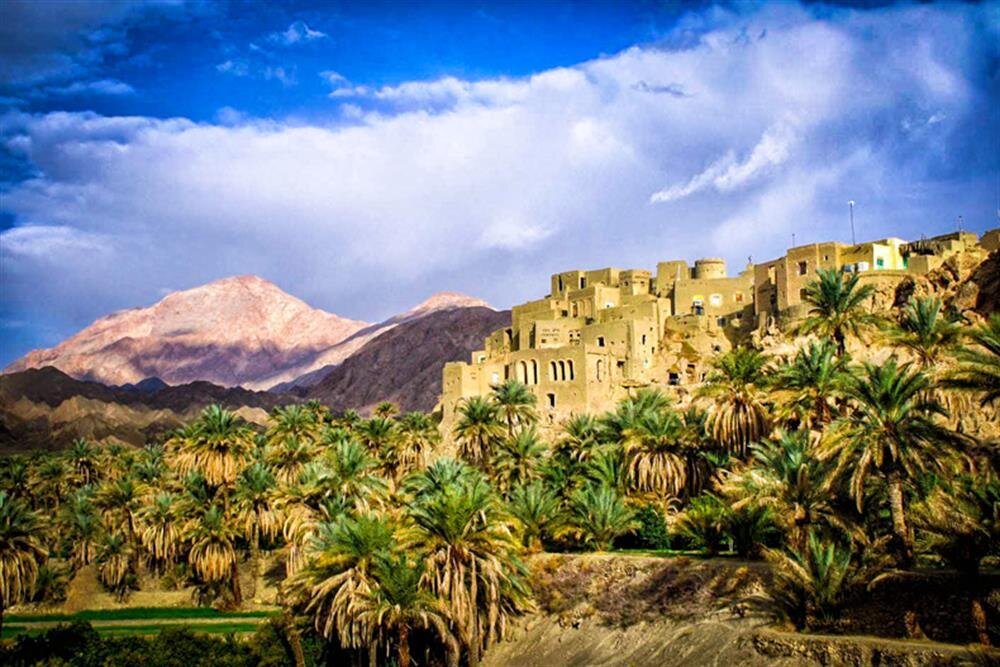Stepped village in eastern Iran undergoes restoration

TEHRAN –A restoration work on the stepped village of Nay-Band in South Khorasan province, eastern Iran has come to an end, a local tourism official has said.
A budget of 2.7 billion rials ($5,400) was allocated to this phase of the project, Mohammad Arab explained on Friday.
Nay-Band is a historic village at the crossroads of three geographically distinct formations: the desert, the mountain, and the plain.
The village is nestled at the foot of the mountains with easy access to the lush plains. Adventurers can head 200 km north to Tabas in the heart of the desert.
Nay-Band is close to a wildlife sanctuary named after it, which is home to a large population of gazelles.
The historical texture of the village has been inscribed on the national heritage list.
Iran, home to several stepped villages
Iran is home to several magnificent stepped villages, of which the most popular ones are Masouleh, Uraman, and Kang, which could be included on the World Heritage list.
Roughly a millennium old, Masouleh is one of the most famous villages in Iran, and hence one of its most tourist ones.
Also known as the historical city of Masouleh, it features earth-colored houses that are stacked photogenically on top of one another like giant Lego blocks, clinging to a mountainside so steep that the roof of one house forms the pathway for the next.
The existence of numerous graveyards inner and outside of the city proves its old texture. The storied and terracing plan of the city is parallel to the mountain slope.
Kang in the northeastern province of Khorasan Razavi, which has been recently inscribed on the national heritage list, with an antiquity of more than 3,000 years, is situated at a distance of some 30 km from Mashhad, the provincial capital.
The village, located on the highlands of Mount Binalud, is also adjacent to Nishabur, known for its turquoise handicrafts and mines.
Uramanat in the west of the country is also another stepped village, which is considered a cradle of Kurdish art and culture from the days of yore.
Stretched on a steep slope in Uraman Takht rural district of Sarvabad County, the village is home to dense and step-like rows of houses in a way that the roof of each house forms the yard of the upper one, a feature that adds to its charm and attractiveness.
In 2021, UNESCO added the Uramanat cultural landscape to its list of world heritage sites.
ABU/AM
